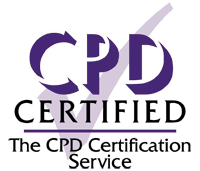The new-age, Paediatric Surgeon, Ray Clarke, (fear uasal, íseal), eloquently demands throwing off the shackles of the past and welcomes the dawning of an era of openness, transparency and candour, preferably suffused with compassion for both the patient and the...

